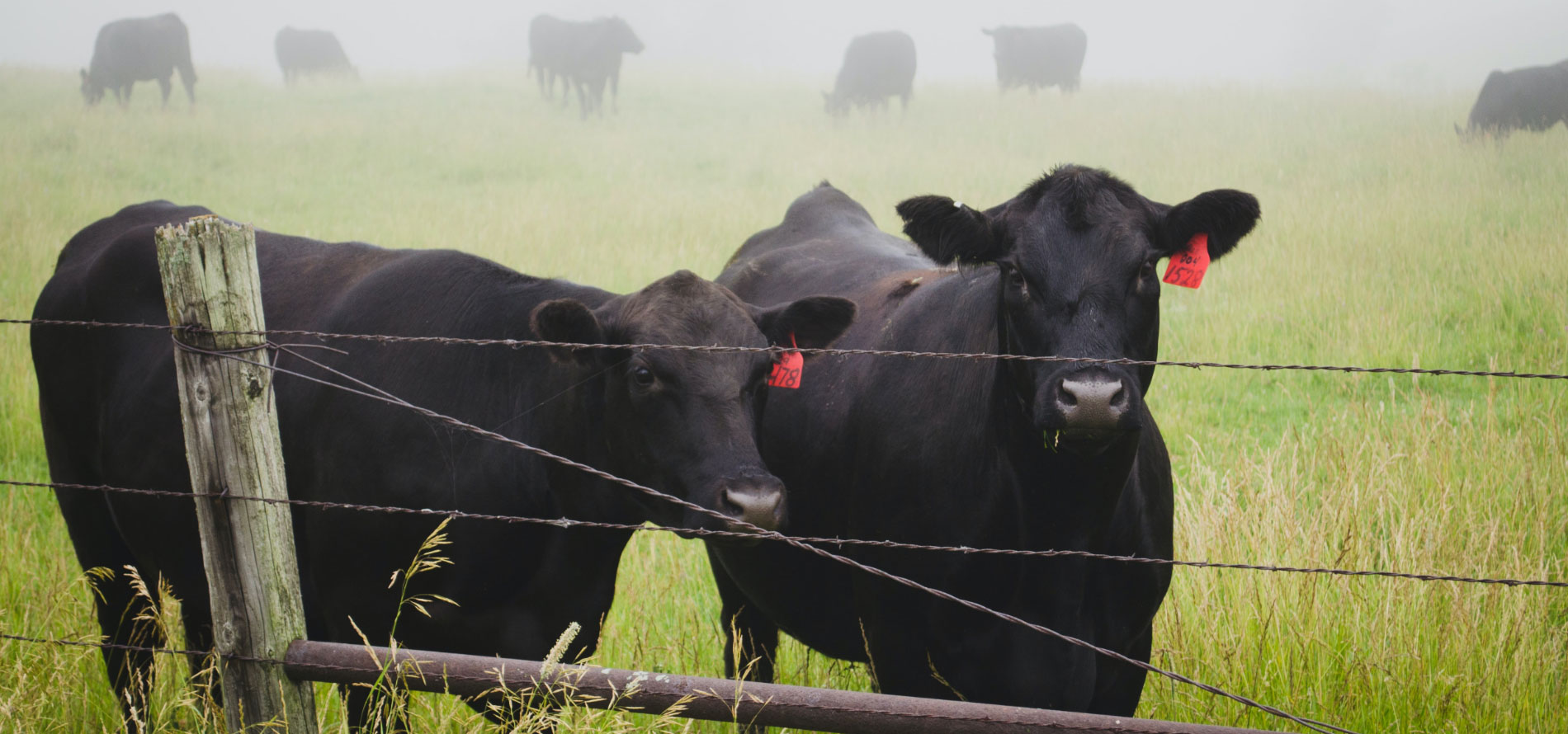Vital Partnerships in U.S. Agriculture

The Foreign Agricultural Service (FAS), an agency within the U.S. Department of Agriculture (USDA), is a partner in every aspect to the U.S. agricultural community—forest, field and stream—in promoting the growth of overseas markets for U.S. agricultural products. This USAEDC-FAS partnership is vital to the continuing development of new markets and the maintenance of developed markets as recipients of the many quality products that the U.S. agricultural community produces.
The very nature of agricultural products requires that there be a public-private partnership in order to succeed in the export marketplace. In established alliances that have spanned decades, USAEDC members and FAS have been able to significantly increase exports through conferences, joint events, trade missions, and trade shows all over the world to showcase the uniqueness, value, and safety of U.S. products. Private sector Cooperators, many of whom are USAEDC members, directly implement FAS market development activities to assess market potential and boost foreign demand for U.S. agriculture products.
Find out more about the various export programs.
Foreign Trade: Understanding the Marketplace

Agricultural products face many obstacles abroad. Many competitor countries have announced ambitious trade goals, have signed a dizzying array of Free Trade Agreements, and are shaping export programs to target new growth markets and bring new companies into the export arena.
In addition to the fierce competition posed by other countries’ export subsidies, U.S. exporters often find themselves thwarted by restrictions imposed by an importing country’s government. These restrictions may take the form of trade barriers such as tariffs, but there are also numerous sanitary, phytosanitary, and safety regulations that vary significantly from country to country and are generally enacted to protect an indigenous crop or local industry.
This factor alone forces U.S. exporters to deal with the maze of foreign government agencies that write and interpret various rules governing imports and retail sales of food products. These are not challenges that can be faced by a single industry alone, requiring the tact and diplomacy of a government agency, as well as the flexibility and responsiveness of a business. As a non-profit private sector trade association, USAEDC occupies a privileged position to respond to such matters.
The ultimate trade barrier may be the actual consumer. An exporter must find a way to convince this audience that U.S. products are worth trying. But to get to the end-user, there are several layers of marketing to be dealt with first.
- The importer needs to be convinced that it is worth their while to work with the exporter to acquire the product.
- The processor, if there is one, needs to be convinced that the cost to add value to the product will be recoverable and often requires technical assistance when incorporating the U.S. variety into a particular consumer market.
- The retailer needs to be convinced to carry the product, and if there is a premium for that product, to pay it.
Convincing all of these individuals takes time and education, requiring a commitment to see the process through to its conclusion: the successful sale of U.S. goods in that market.
Each stop on the value chain features formidable challenges and may be too overwhelming for a single industry. By partnering with the U.S. government, outcomes for USAEDC members are more likely to be positive because of our ability to sustain a presence in any given market—and to coordinate the skillsets of both industry and government.

- American agriculture exports totaled $145.7 billion in 2020 alone. Despite experiencing a global pandemic, agriculture exports charted the second-highest total on record and a 7% increase from the year prior. American agriculture‘s ability to sustain robust trade surpluses for decades can be attributed largely to a remarkable partnership between the U.S. government and the private sector that, since 1954, has helped build overseas markets for U.S. agricultural products.
- We see firsthand that international trade begets American-based jobs—both on and off the farm. According to the USDA Economic Research Service, every $1 billion in agricultural export revenue supports 8,100 jobs. We’ll let you do the math!

